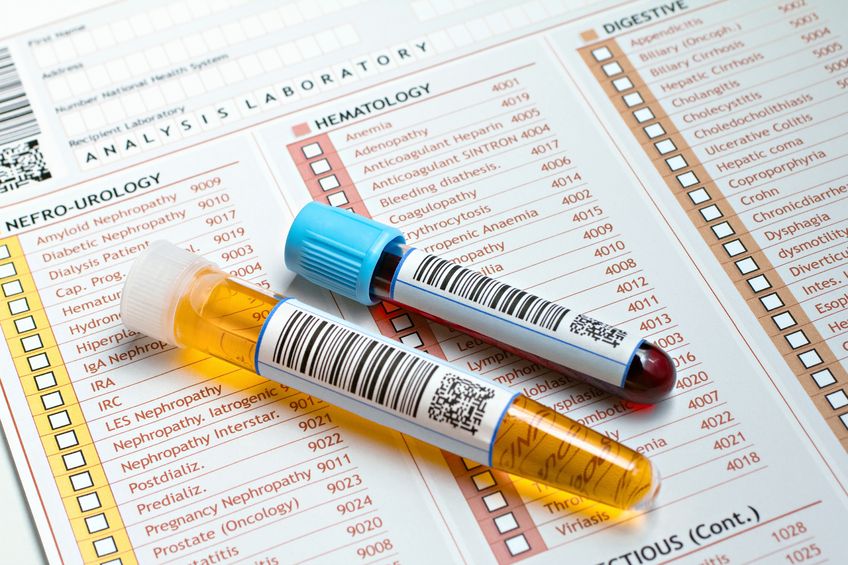 Bacterial Vaginosis
Bacterial Vaginosis
Bacterial vaginosis (BV) is the name of a condition in women where the normal balance of bacteria in the vagina is disrupted and replaced by an overgrowth of certain bacteria. It is sometimes accompanied by discharge, odor, pain, itching, or burning. (Versión española)
Chlamydia
Chlamydia is a common sexually transmitted disease (STD) caused by a bacterium. Chlamydia can infect both men and women and can cause serious, permanent damage to a woman’s reproductive organs. (Versión española)
Genital HPV Infection
Genital human papillomavirus (also called HPV) is the most common sexually transmitted infection (STI). There are more than 40 types of HPV that can infect the genital areas of males and females. These HPV types can also infect the mouth and throat. (Versión española)
HPV and Men
Genital human papillomavirus (HPV) is a common virus. Most sexually active people in the United States (U.S.) will have HPV at some time in their lives. There are more than 40 types of HPV that are passed on through sexual contact. These types can infect the genital areas of men, including the skin on and around the penis or anus. They can also infect the mouth and throat. (Versión española)
HPV Vaccine Information for Young Women
Two vaccines are available to prevent the human papillomavirus (HPV) types that cause most cervical cancers. These vaccines are bivalent vaccine (Cervarix) and quadrivalent vaccine (Gardasil). One of the HPV vaccines, Gardasil, also prevents HPV types that cause most genital warts. Gardasil also has been shown to prevent some cancers of the anus, vulva (area around the opening of the vagina), and vagina. Both vaccines are given in 3 shots over 6 months. (Versión española)
HPV Vaccine Information for Clinicians
CDC and partners, including the American Academy of Pediatrics, recommend HPV vaccination of both girls and boys at ages 11 or 12 years and suggest that clinicians strongly recommend HPV vaccination for preteens and teens who have not yet been fully vaccinated. (Versión española)
Genital Herpes
Genital herpes is a sexually transmitted disease (STD) caused by the herpes simplex viruses type 1 (HSV-1) or type 2 (HSV-2). (Versión española)
Gonorrhea
Gonorrhea is a sexually transmitted disease (STD) caused by a bacterium. Gonorrhea can grow easily in the warm, moist areas of the reproductive tract, including the cervix (opening to the womb), uterus (womb), and fallopian tubes (egg canals) in women, and in the urethra (urine canal) in women and men. The bacterium can also grow in the mouth, throat, eyes, and anus. (Versión española)
Pelvic Inflammatory Disease
Pelvic inflammatory disease (PID) refers to infection of the uterus (womb), fallopian tubes (tubes that carry eggs from the ovaries to the uterus) and other reproductive organs that causes symptoms such as lower abdominal pain. It is a serious complication of some sexually transmitted diseases (STDs), especially chlamydia and gonorrhea. (Versión española)
STD Detection & Treatment in HIV Prevention
Testing and treatment of sexually transmitted diseases (STDs) can be an effective tool in preventing the spread of HIV, the virus that causes AIDS. An understanding of the relationship between STDs and HIV infection can help in the development of effective HIV prevention programs for persons with high-risk sexual behaviors. (Versión española)
STDs and Pregnancy
Can pregnant women become infected with STDs? Yes, women who are pregnant can become infected with the same sexually transmitted diseases (STDs) as women who are not pregnant. Pregnancy does not provide women or their babies any protection against STDs. (Versión española)
Syphilis
Syphilis is a sexually transmitted disease (STD) caused by a bacterium. Syphilis can cause long-term complications and/or death if not adequately treated. (Versión española)
Syphilis and Men Who Have Sex with Men
Syphilis is a sexually transmitted disease (STD) caused by the bacterium Treponema pallidum. It has often been called “the great imitator” because so many of the signs and symptoms are indistinguishable from those of other diseases. (Versión española)
Trichomoniasis
Trichomoniasis is a common sexually transmitted disease (STD) that is easy to cure. The infection often has no symptoms although women are more likely than men to get symptoms. You may notice an unusual genital discharge. (Versión española)







